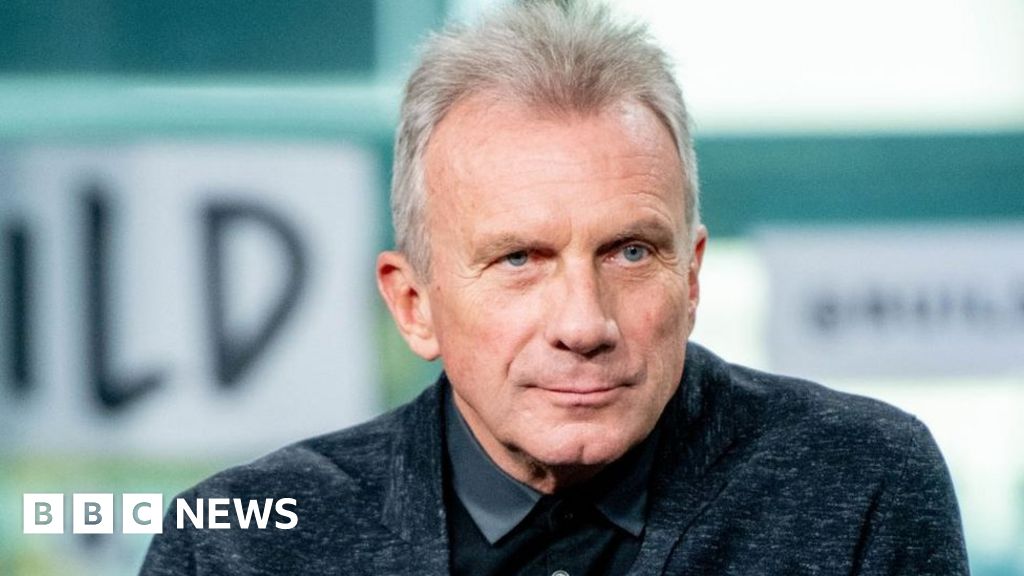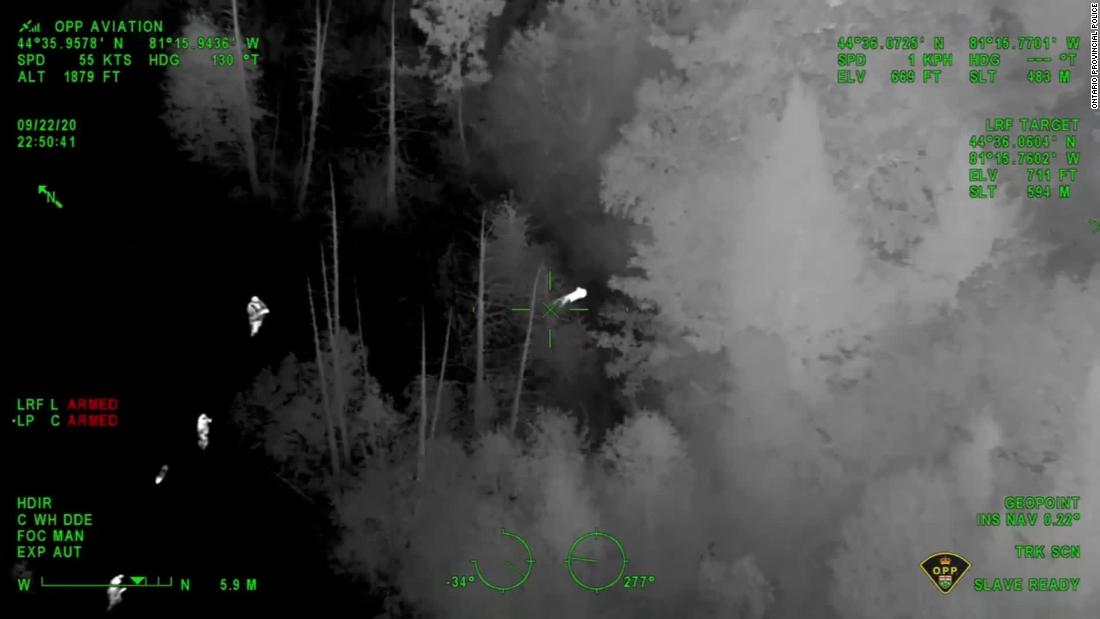Published1 minute ago
image copyrightGetty Images
The iconic Taj Mahal has reopened its doors to visitors after six months - the longest it has ever been shut.
It was closed as the country went into a stringent lockdown in March to halt the spread of coronavirus.
It will now allow only 5,000 visitors daily and enforce Covid-19 safety measures as cases spike in India.
The Taj Mahal is one of the world's leading tourist attractions, and drew as many as 70,000 people every day before the pandemic.
The 17th-Century marble mausoleum was built by Mughal emperor Shah Jahan in memory of his queen, Mumtaz Mahal.
It was last shut briefly in 1978 when Agra city, where it is located, flooded. And before that, the monument closed for a few days in 1971, during a war between India and Pakistan.
Selfies allowed, but no 'group photos'
The entire campus was sanitised before the doors opened at 8am and all officials were seen wearing masks and face shields, local journalist Yogesh Kumar Singh, who at the monument when it opened, told the BBC.
Authorities said there will be temperature checks at the entrance, and visitors will be asked to use digital payment methods to buy tickets.
image copyrightYogesh Kumar Singh
They have also been told to follow social distancing on the property.
While visitors can take selfies or solo photographs, group photos are not allowed, officials said.
"But there is no rush, it feels so unlike Taj Mahal," Mr Singh said. "I think many people will not turn up as long as cases continue to spike."
India has reported more than five million cases so far, and Uttar Pradesh, where the Taj is located, has the country's fifth-highest caseload.
Mr Kumar said it would be interesting to see how authorities enforce safety rules when large groups start visiting the site.
The Taj is surrounded by gardens where visitors spend a lot of time walking around and posing for photographs. But the mausoleum itself is a closed space, with almost no ventilation, making it vulnerable to Covid-19 transmission.
Typically, it is crowded as tourists move in and out of it in long lines.
image copyrightGetty Images
A deserted look
Gautam Sharma, who drove from Delhi to visit the Taj Mahal on Monday, said he had been waiting for the day for months.
"I knew not many people will turn up initially, so I thought it will be safe to visit the monument in the first few days of reopening," he said.
The monument had few visitors waiting at its doors as it opened Monday morning - an unusual sight in its long history.
image copyrightYogesh Kumar Singh
image captionThe entrance of the Taj usually has long queuesIt is perhaps India's most famous monument and is usually part of every foreign dignitary's itinerary.
US President Donald Trump and his wife Melania visited the Taj in February. Other world leaders who have visited the monument include Canadian Prime Minister Justin Trudeau, Russian President Vladimir Putin, George Harrison, the guitarist for the Beatles and Princess Diana.

 5 years ago
813
5 years ago
813 

